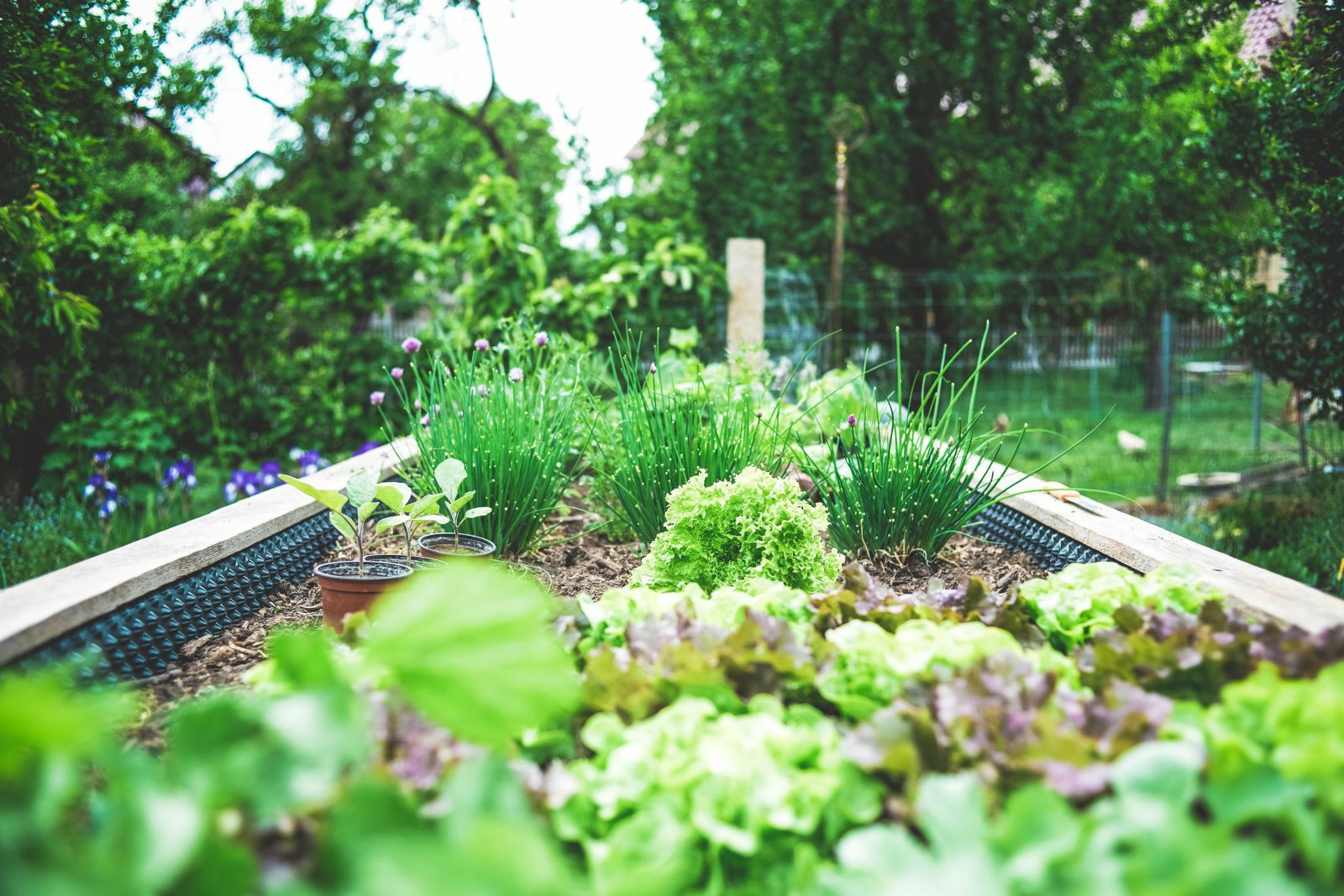
Companion Planting: 5 Vegetables Patch Plans for Your Garden
Mixed cultivation is the cultivation of different plant species that have a positive influence on each other. This is the opposite of monoculture and brings more variety to your vegetable patch. What can be a real mess for many when it comes to bed planning is nothing more than a child's play exercise with the tools in the Fryd app. In this article, we present five digital bed plans that you can use as inspiration for your own mixed cultivation in spring, summer, fall and winter.
This Article Contains:
Quick Overview
Vary the Following Plant Characteristics in Your Mixed Culture:
- Growth habit (bushy, climbing, ground-covering, etc.)
- Rooting depth (shallow-rooted, deep-rooted)
- Plant family
- Nutrient requirements (heavy, medium and light feeders)
What Is a Mixed Culture?
There is a breathtaking variety of vegetable plants and each plant has its own individual characteristics. Some plants get on particularly well in the bed, support each other in their growth and can even protect each other from diseases and pests. Unfavorably chosen plant companions, on the other hand, can inhibit each other's growth and promote disease infestation.
The aim of mixed cultivation is therefore to combine favorable plants with each other. Further Information on Mixed Cultivation in the Vegetable Patch can be found in the article on this topic. Here you will also find tips on how to plan your own mixed cultivation. Various aspects can be taken into account in a varied mixed culture. For example, the growth habit and root depth of the vegetable plants are just as much a part of the planning as the plant family and nutrient requirements. To get an overview of which plants go well together, you can find a Mixed Culture Table here.

Companion Planting With Fryd
With our Bed Planner you can easily plan a colorful mixed crop. Good and bad companion plants are shown right away, and you get crop rotation tips!
Plan Your Vegetable PatchAnnabell’s Field Beans (Spring)
To ring in the season, motivated gardeners can start planting vegetable beds in spring. Cold-tolerant crops are suitable for this, as it may well get frosty again. Annabell has chosen a combination of broad beans (field beans), savory, carrots and nasturtium (not a climbing variety!) for her bed.
You can read about which varieties are suitable for early sowing and the advantages of these plant combinations in the article "Annabell’s Broad Bean Bed".
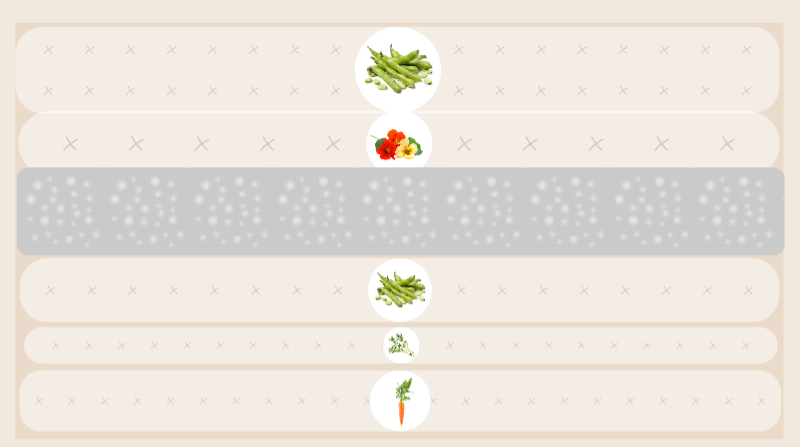
Tini’s Tomato Patch (Summer)
For summer, you can take inspiration from Tini (Kassiolino) . Bush beans and celery also grow in her mixed crop with tomatoes. The whole thing is rounded off with herbs such as basil and savory.
In the article "Tini’s Tomato Patch" you will find all the information you need on choosing varieties for this mixed crop. We also explain the advantages of planting them next to each other.
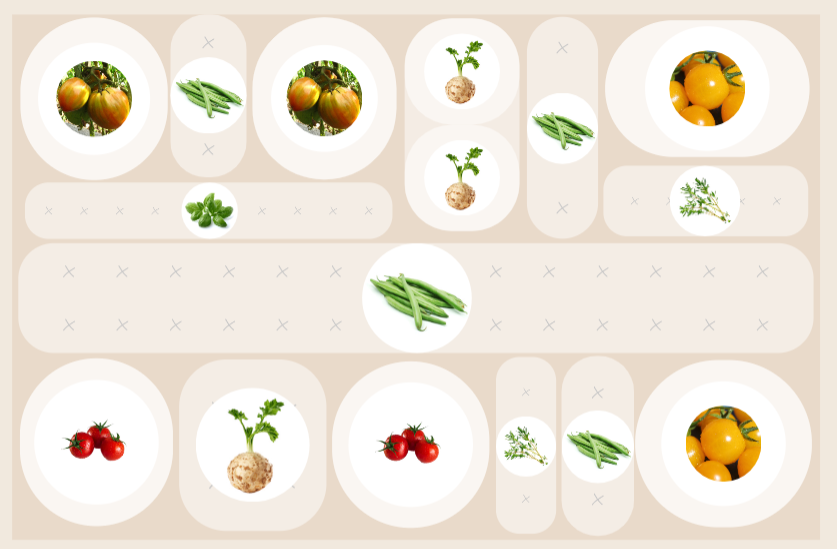
Marie's Milpa Patch (Summer)
Another idea for summer is a mixed crop with history and tradition: the Milpa Bed, also known as the Aztec or Indian bed. It traditionally combines corn, beans and pumpkin. These three crops are also known as the "three sisters", as they complement each other very well.
Marie is part of the Fryd team and gardens in a community garden in Stuttgart. There she has already tried out the classic milpa bed herself. In addition to the classics, a milpa bed is also possible with zucchinis or melon instead of pumpkins. Another alternative is to create a milpa bed with potatoes. Instead of beans, you can choose other legumes such as peas. You can fill the gaps with herbs such as savory, parsley and oregano . Flowers such as borage and marigolds also fit well in this mixed crop.
You can find the digital bed plan with suitable varieties and information on the benefits of this mixed crop in the article on Marie's Milpa.
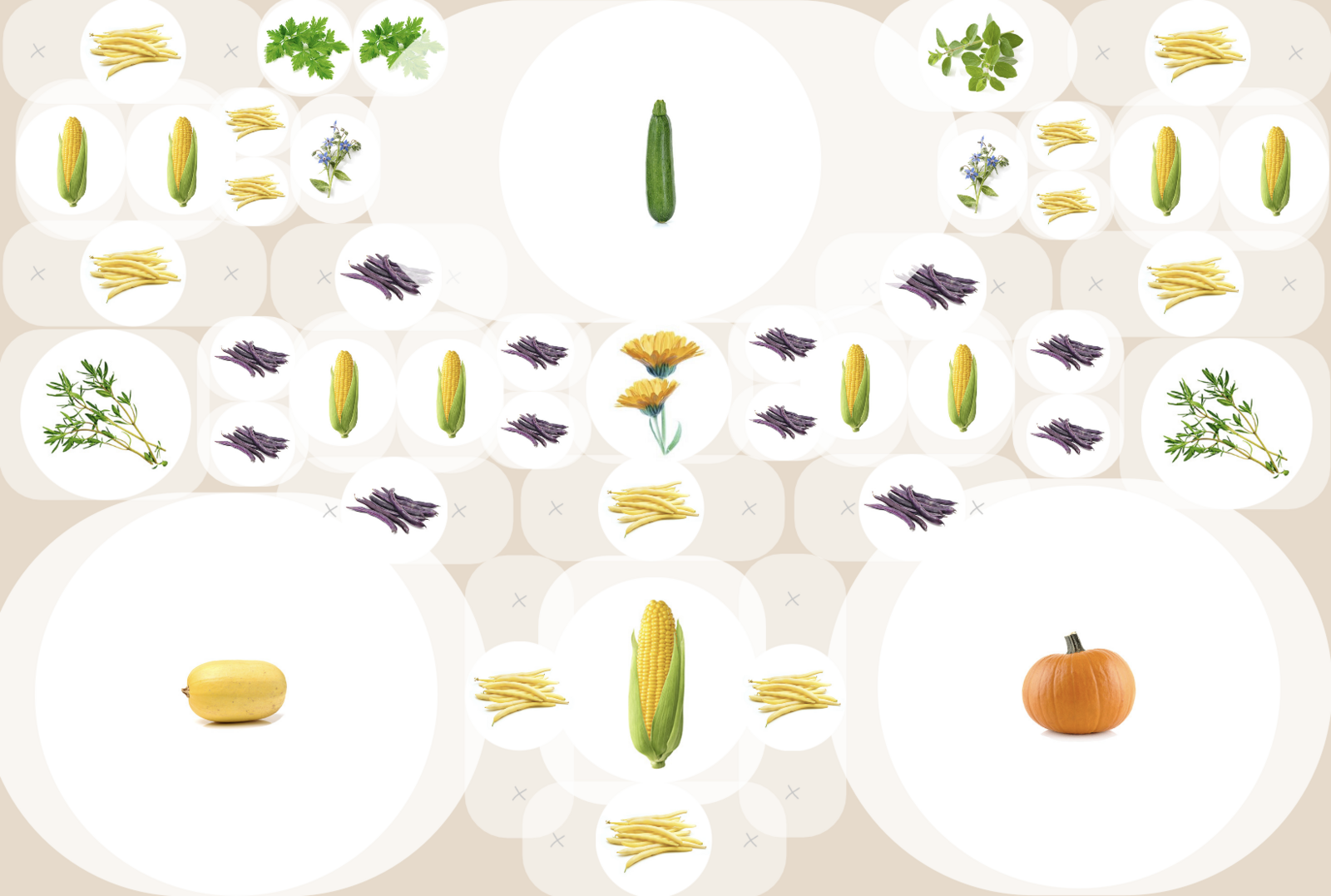
Marlene’s Chard Patch (Fall)
Marlene from the Fryd team has shared her planting plan for the fall. She has been gardening organically in mixed crops on a piece of land for 5 years.
Even when the temperatures drop and the days get shorter, the bed can still be full! In addition to chard, leeks and carrots, Marlene's chard bed is filled with various cabbages such as radishes, kale and kale, as well as stubble turnips (far right). Various lettuces (lettuce and lamb's lettuce) are also planted here for fresh salad in the fall and variety in the bed.
You can find the Planting Plan for Marlene’s Chard Bed here in the article. There are also tips on choosing varieties and information on planning this mixed crop.

Patrick’s Heirloom Varieties (Winter)
This mixed crop for the winter is all about heirloom varieties. Patrick Kaiser, the founder of the Tatgut vegetable rarities initiative, is committed to the production and preservation of hardy varieties. You can find out more about "Heirloom Varieties" in our article in the magazine.
It can get pretty cold towards the end of the season! That's why you need to choose cold-resistant crops, and cabbage is right at the top of the list. Patrick's winter bed is home to different types of cabbage: in addition to feather and palm cabbage, you'll also find Brussels sprouts here. These types of cabbage grow together in a mixed crop with spinach, barbara cabbage (winter cress) and various winter lettuces (lamb's lettuce and Asian lettuce) as undersown crops. Patrick has also planted parsnips and spring onions.
You can find the Sample Bed Plan for Patrick’s Winter Bed With Old Varieties in a separate article. Here you will find tips from a professional on choosing varieties and crops and their advantages in this mixed crop.
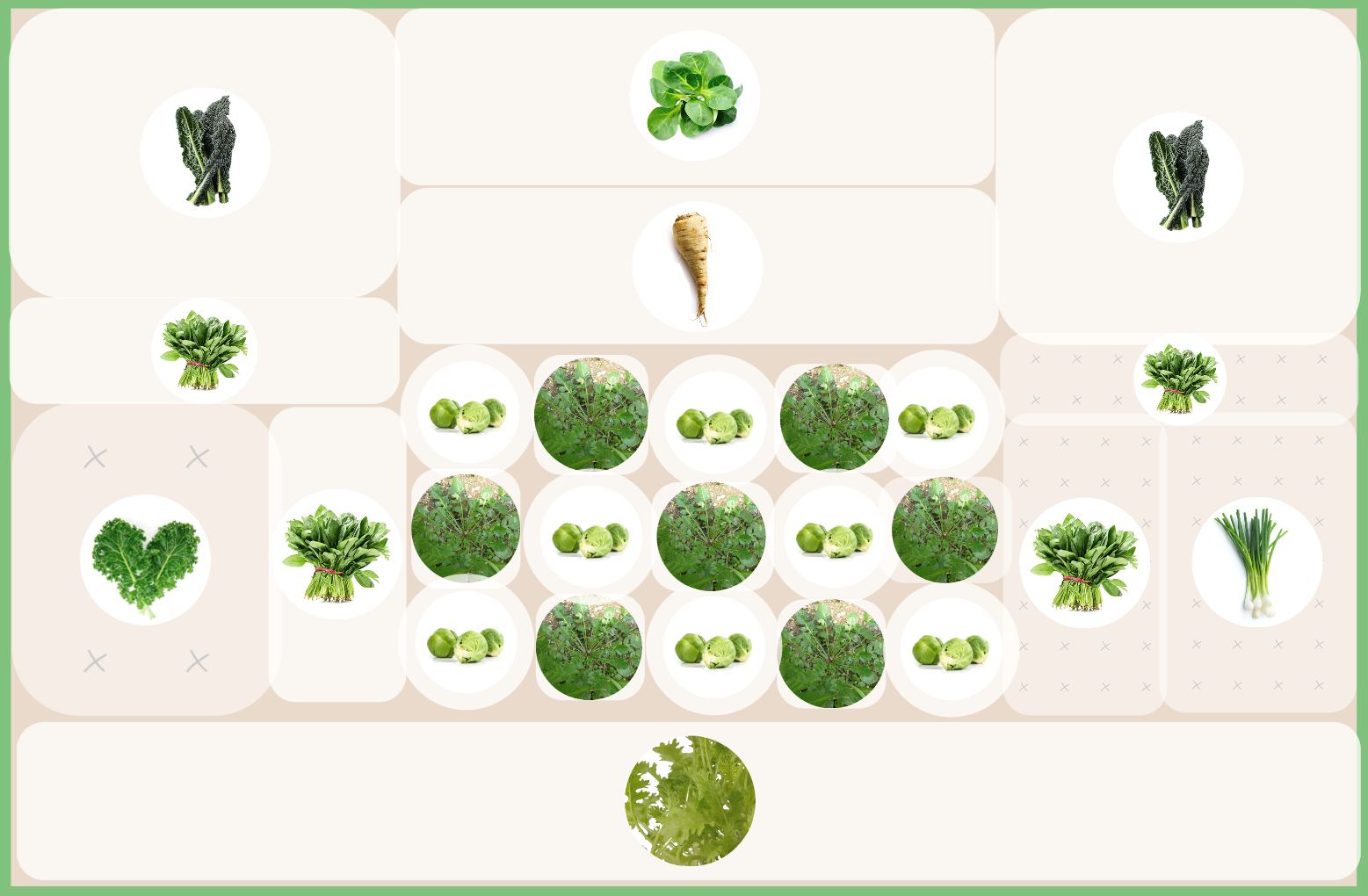
I hope we were able to give you some new inspiration for your mixed culture. If you have any questions or comments, please write to us at [email protected] or share them in our community. Have fun trying them out!
Would you like to receive helpful gardening tips all year round and plan your own beds optimally? Then register here or download the Fryd app for Android or iOS.
Fryd - your digital bed planner
Cover image by Markus Spiske on Unsplash

Annabell
Annabell is studying agricultural biology at the University of Hohenheim. She also enjoys gardening in her private life, spends a lot of time in nature and loves to be creative.
Learn MoreCurrent Topics in the Community
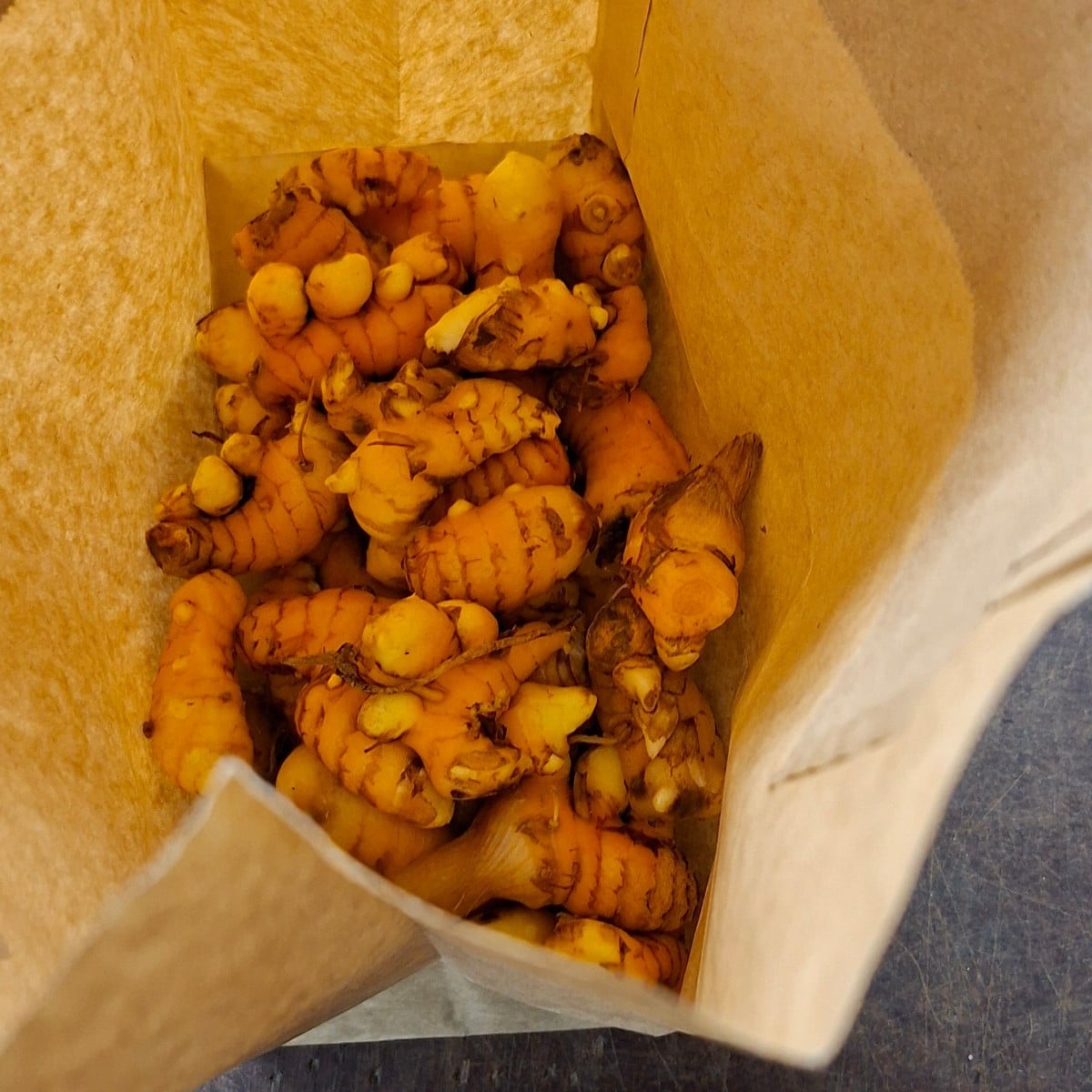
Yes, my last post was about the ginger harvest. On Monday we harvested and washed the turmeric. There were two more towels from that.
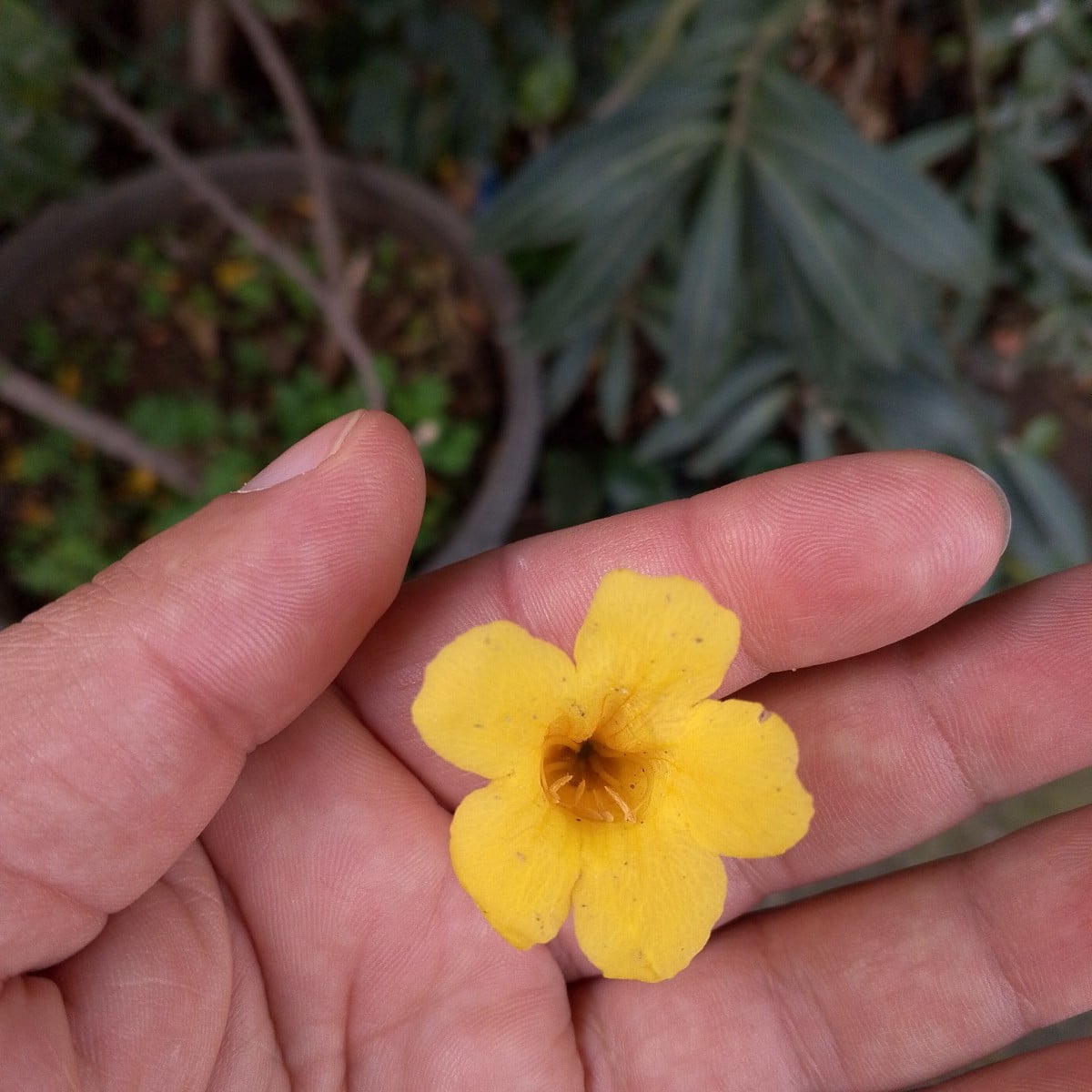
Liked 8 times
A beautiful flowers in the street again 🏵🟡

Liked 9 times
The Brussels sprouts have grown really well 😊
Popular Articles

Overwintering Parsley: How to Do It Successfully

How to Grow Lettuce in Winter: Varieties, Sowing, Harvesting

Growing Sage Plant: Tips for Sowing and Harvesting

What Herbs Can Be Planted Together?

Create & Design a Permaculture Garden

Overwintering Plants: Tubs, Pots and Raised Beds

Pruning, Fertilizing & Propagating Currants: Care Tips

Pruning Raspberries: How to Do It

Vegetable Garden With Greenhouse: How to Use Greenhouse Effect

Winterizing Beds and the Garden: How to Do It